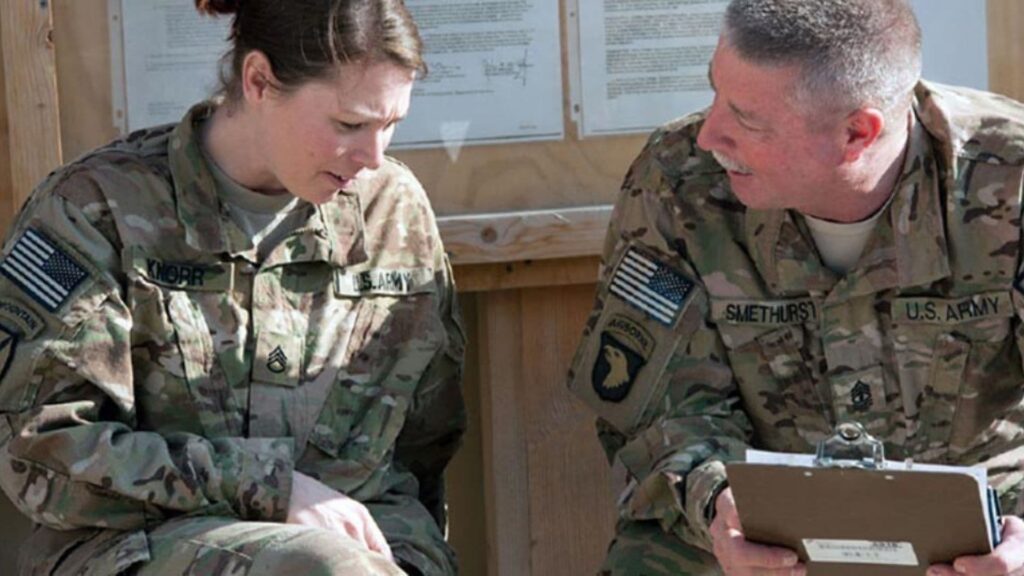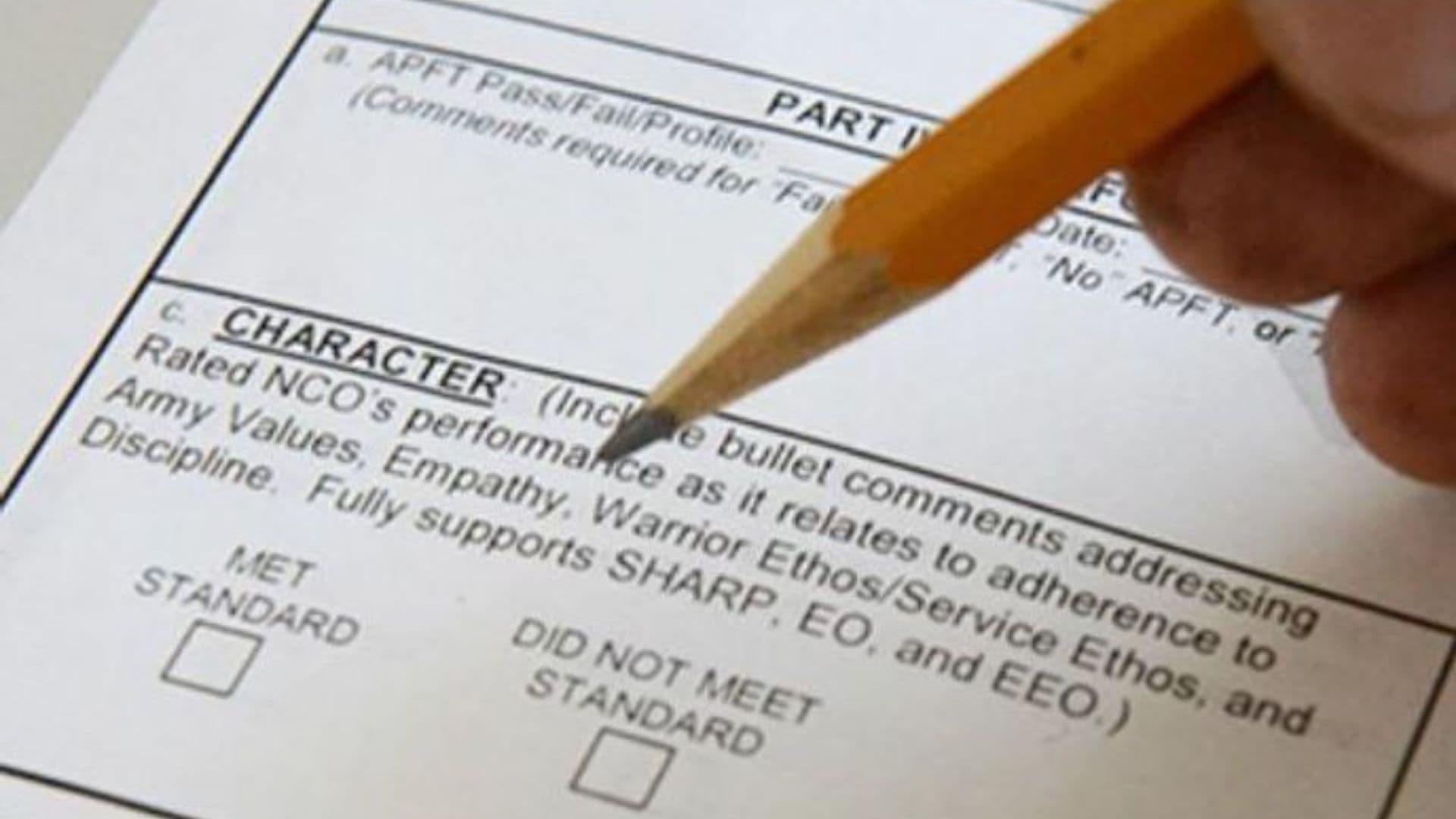Getting the right NCOER form for your soldiers can make or break their chances at promotion. This is why knowing the difference between an NCOER and OER is important to provide your soldiers with the best possible form.
The OER is an officer’s official assessment of his or her performance, which is then used to determine a promotion potential, specific assignments (command), and advanced educational opportunities. Understanding the OER process and how to complete one effectively is important.
The current Army system is rife with problems, but there are some concrete reforms that the service could implement to address some of the most significant shortcomings. These include striving to make comparisons as objective as possible, reducing the stranglehold of chains of command on officer promotions, and restructuring the educational and professional development gates.
First, the Army needs to reduce the number of officers each senior rater evaluates. This will decrease the amount of time that raters spend filling out evaluations and allow them to provide more in-depth feedback. Second, the Army should institute new evaluations that focus on different aspects of an officer’s potential that aren’t addressed adequately in the OER system. These evaluations should be given the same weight as OERs in promotion board reviews. The Army should also give rated officers the opportunity to submit independent evaluations outside of the OER system. This will help to combat inflated ratings by providing more data points.

What is an NCOER in the Army?
An NCOER is an annual evaluation that records your performance over a period of time. It’s one of the most important documents you’ll ever have to write, and it influences your promotions, assignments, and future in the army.
You have to list everything you achieved during the rating period. So brainstorm and write down everything you can think of – deployments, additional duties, education, training, community involvement, awards, and decorations. The goal is to make the report as impressive and complete as possible so you can impress people later.
Each bullet comment should describe something you actually accomplished and should include the positive effect or result of your actions. Avoid comments like, “always chooses the hard right over the easy wrong.” You can use only so many bullets, and they must be specific.
Is it okay to use lower case letters for bullet comments? AR 623-205 requires that NCOER bullet comments start with a lower-case letter, except when the word is a proper noun or begins with the personal pronouns he or she. However, the word NCOER is a proper noun, so it must be capitalized. For the rest of the NCOER, using upper or lower case letters is acceptable. Likewise, the names of rating officials may be entered in either format.
NCOER vs. OER
The NCOER is used to determine the officer’s overall performance. It is a document that contains information such as an officer’s grade, promotion eligibility, awards earned, and service record. The NCOER also includes the officer’s career path, counseling notes, and evaluation summary.
An NCOER is the official record of an officer’s performance and should be kept in a secure location. It should only be viewed by authorized personnel. The NCOER should be updated regularly. If an NCOER is not up to date, it should be referred for correction.
A misfire occurs when an officer is rated highly qualified on an OER, but the senior rater’s profile does not support that rating. This is a common problem with 2LT and 1LT OERs that are “masked” to CPT when they promote to CPT and to CW3 when they select CW3.
HQDA-ESO coordinates with senior raters daily on potential misfire situations. They run a list of OERs that have a box check selected that isn’t supported by the senior rater profile and will result in the rated officer getting a COM label at final processing. HQDA-ESO contacts the senior rater and advises them of the issue. They are then given options such as submitting a COM OER and/or resequencing. They may also be given authorization to withdraw and return the potential misfire OER to a rated officer.
